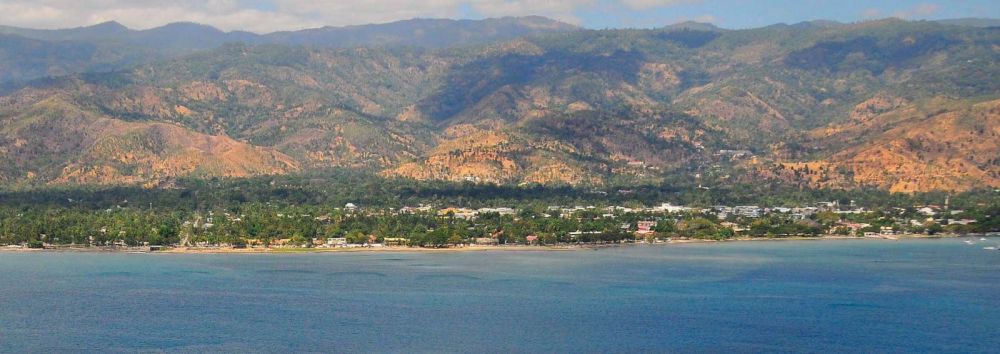

Dili, the capital city of Timor-Leste (also known as East Timor), has a relatively young history when it comes to tourism. The country itself proclaimed its independence from Portugal in 1975, but it was short-lived, as Indonesia took control shortly thereafter. It wasn't until 2002 that Timor-Leste became a fully independent nation and began to develop its tourism sector.
Post-independence, the country had to rebuild much of its infrastructure, including those critical for tourism such as roads, hotels, and historical sites. The initial focus was on promoting eco-tourism and making use of its pristine natural environment, with Dili being the gateway for these adventures.
The interest in Dili began to grow as the country stabilized. With its beautiful beaches like Cristo Rei, historical landmarks such as the Resistance Museum, and unique cultural experiences, the word spread among adventurous tourists looking for unexplored destinations. By the mid-2000s, Timor-Leste started to appear in guidebooks and travel lists as a recommended off-the-beaten-path destination.
Non-Governmental Organizations (NGOs) and expatriates played a significant role in the initial wave of tourism in Timor-Leste. Many expats working in development projects helped to build the service industry by opening restaurants, guesthouses, and tour companies. Some of them also helped showcase the beauty of the country through online platforms, further attracting tourists.
Despite its potential, the tourism industry in Dili has faced challenges such as political instability, infrastructure development, and the need for professional hospitality training. However, the government of Timor-Leste has prioritized tourism as a means of economic development, embarking on initiatives to improve the situation and to showcase Dili as a vibrant tourist destination.
Today, Dili is attracting visitors with an interest in diving, history, and culture. The city has seen a modest rise in the number of accommodations and tour operators. Dive tourism, in particular, has become quite popular, with the nearby Atauro Island being recognized as a world-class diving destination with incredible biodiversity.
Another trend is the rise of cultural and historical tourism, with visitors coming to learn about Timor-Leste's tumultuous history and its journey to independence. Sites sacred to the Timorese such as the Santa Cruz Cemetery, where the 1991 massacre took place, have become points of interest.
Although the COVID-19 pandemic has impacted global travel, Dili has resilience. There is optimism that sustainable tourism will pave the way for the future, focusing on preserving its natural resources and cultural heritage. The government continues to work on strategic plans to enhance the visitor experience while empowering local communities.
With an increasing number of international flights and cruise ships adding Dili to their itineraries, the capital city of Timor-Leste is well on its way to becoming an important tourist destination within Southeast Asia.